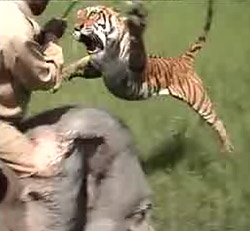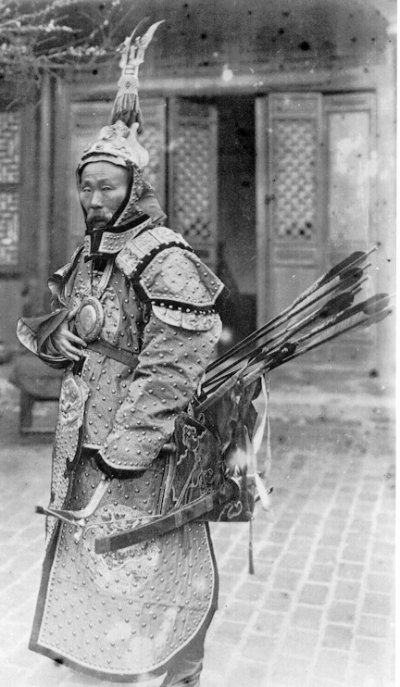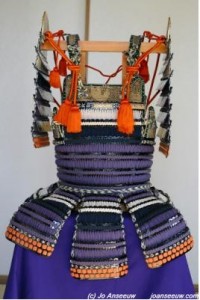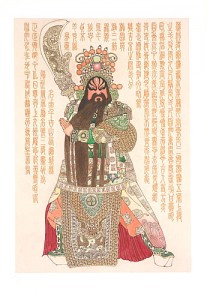When Singing is like Fighting
/ I may be having an effect on George Xu. Recently he compared singing on a stage to fighting. He said the first time a person goes on stage before an audience they usually hunch up their shoulders look at the ground and sing in a soft squeaky voice. After years of training and performing when a singer goes on stage before a large audience, it just gets them excited. The bigger the audience the more heart they put into it. This is because they have trained their spirit/mind to match the size of the audience, a bigger audience will automatically produce a louder voice with greater projection and grander gestures.
I may be having an effect on George Xu. Recently he compared singing on a stage to fighting. He said the first time a person goes on stage before an audience they usually hunch up their shoulders look at the ground and sing in a soft squeaky voice. After years of training and performing when a singer goes on stage before a large audience, it just gets them excited. The bigger the audience the more heart they put into it. This is because they have trained their spirit/mind to match the size of the audience, a bigger audience will automatically produce a louder voice with greater projection and grander gestures.With fighting it's the same. The beginning fighter tenses his shoulders up even before the enemy makes contact. He shrinks and defends, he freezes and thinks of escape. However, with experience, the fight becomes a moment of excitement. The greater the challenge, the greater the excitement. "Oh, look a big guy. Great!" "Oh, he has a knife. Even better!" "What's this? he has a friend with an iron bar coming too? Wow, my lucky day!"
The fighter automatically expands his spirit/mind to match the size of the challenge. The bigger the challenge, the more power and agility the fighter will use. It is thrilling and exhilarating.
 Readers may be thinking, "What? Is he talking to me? I never get into actual fights so how could I learn to turn fear into excitement? And why would I? I have a mortgage to pay! I have to drive my kids to roller derby lessons!"
Readers may be thinking, "What? Is he talking to me? I never get into actual fights so how could I learn to turn fear into excitement? And why would I? I have a mortgage to pay! I have to drive my kids to roller derby lessons!"But this misses the point. For a song to have meaning it must include its audience. Whether we are singing to our shower head or a stadium of 10,000, the song has to be for someone (or something). If you are singing to your lover about a bluebird you have to include both of them in the song. You have to feel both of them viscerally. To really get good at singing a song you have to emotionally embody it over and over. After a time the emotions aren't surprising or overwhelming but they can still be exhilarating. They are still real.
Fighting is the same. In fact, all movement training works the same way. If a person is running fast down a hill through the woods spontaneously dodging trees, leaping logs and avoiding pot holes, he is not going to be thinking about body alignment or ankle flexion. That person is going to have his mind "outside" of his body. His mind will be spatially excited and agile. The same is true if you are training in a quiet park, a walled garden, or a serene dojo. Or rather it should be. The best quality movement training uses a totally quiet, relaxed body with a wildly active mind.

So now go back and do your cute little qigong exercises or peaceful taijiquan form and imagine you are on the edge of a thousand foot abyss. Imagine you are surrounded by hungry tigers. Imagine you just jumped out of an airplane and you are in free-fall. And don't just imagine it, feel it-- be afraid, be very afraid.







